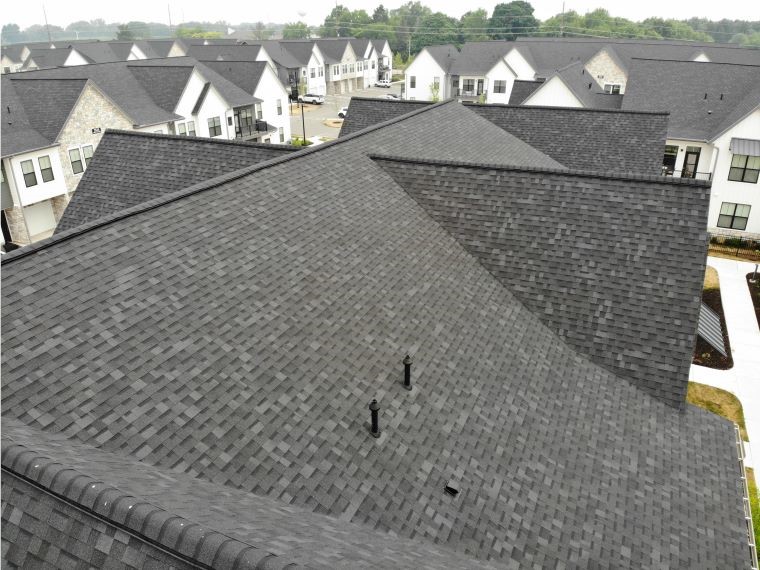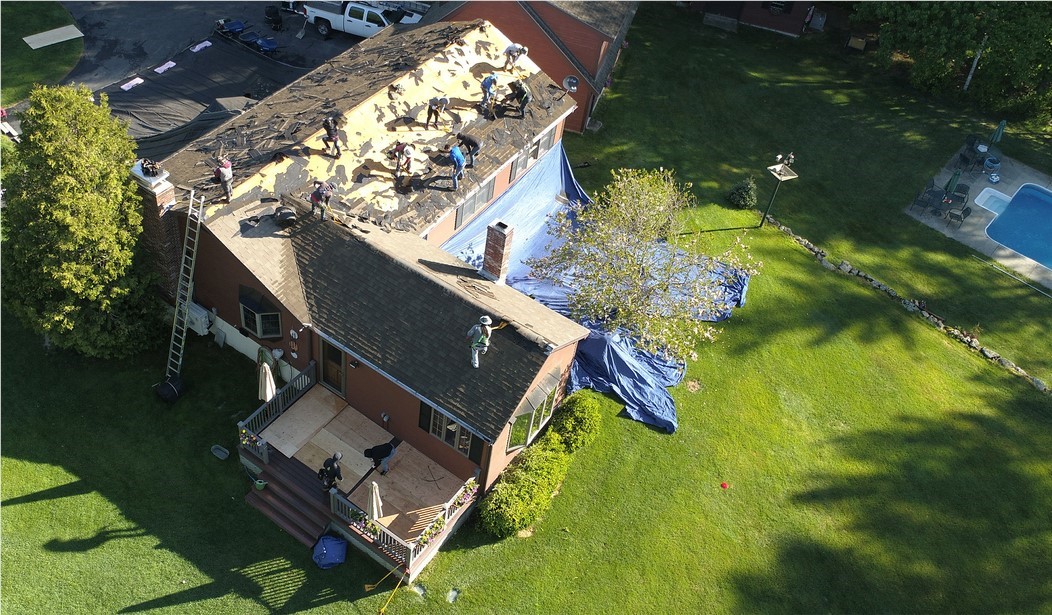Michigan is one of several states that experiences very warm summers and bitterly cold winters. Insulating buildings in a climate that varies so much has its own unique challenges, but because insulation works to keep heat out in the summer and keep heat in in the winter, things won’t get too complicated.
Do You Need New Insulation?
There are a few simple ways you can check to see if you need to consider new insulation and the best time to make these assessments is during the cold winter months. While proper insulation is important all year, the cold air during the winter makes it a lot easier to determine if you have problems. You feel drafts. When you’re walking down your hallway or sitting in your living room and feel as if cold air is blowing on you, even if your furnace is running, you may have an insulation problem. Uneven temperatures from room to room can also be a sign you have inconsistent insulation. Your walls are cold. If your inside walls are cold (give them a simple touch), it’s possibly because your insulation isn’t sufficient. If cold air is getting past your insulation and onto your walls, it’s also getting inside your walls, leaving your home cold and uncomfortable. While you’re checking your walls, hover your hand in front of an electrical outlet. Is cold air blowing through? That’s another sign your walls have insufficient or improper insulation. Your energy bills are huge. In Michigan, most people expect energy bills to be higher in the winter than in the summer, but if yours are especially high, you may be dealing with poor insulation, forcing your furnace to work extra hard. The Appropriate R-Value The R-value, which is easy to find on insulation packaging, measures thermal resistance. The simplest way to put it: the higher the R-value, the more heat resistance and thus the more it insulates. Building codes require a certain R-value, which varies based on where you’re located. In Michigan, where winters get quite cold and windy, you’ll want a high R-value to ensure proper insulation. The Department of Energy recommends R-49 for attics in cold climates and the Michigan code for attic insulation calls for a minimum rating of R-24.Which Insulation is Right For You?
Spray foam insulation gives you the highest possible R-value and thus the most potential for energy savings, all at a relatively low up-front cost. Blown-in insulation is a good choice for a DIYer who wants to save a lot of money while increasing the quality of insulation for Michigan winters. Fiberglass batts are the least expensive solution, however they’re best used when your walls are already open (such as an unfinished basement or attic). Proper installation is especially important to ensure the proper R-value. Reflective or radiant barriers work differently from other insulation in that they absorb heat rather than slow its transfer. Better in warmer climates, these barriers may help your Michigan home during the summer but probably aren’t the best insulation for Michigan winters.Beginning the Insulation Process
Does your insulation need shoring up? Contact our insulation professionals at West Michigan Roofing and we’ll be glad to take a look at your walls, ceilings and attic to see how we may be able to help you increase the comfort inside your home and reduce the cost of your energy bills.Subscribe to West Michigan Roofing's Blog





Comments